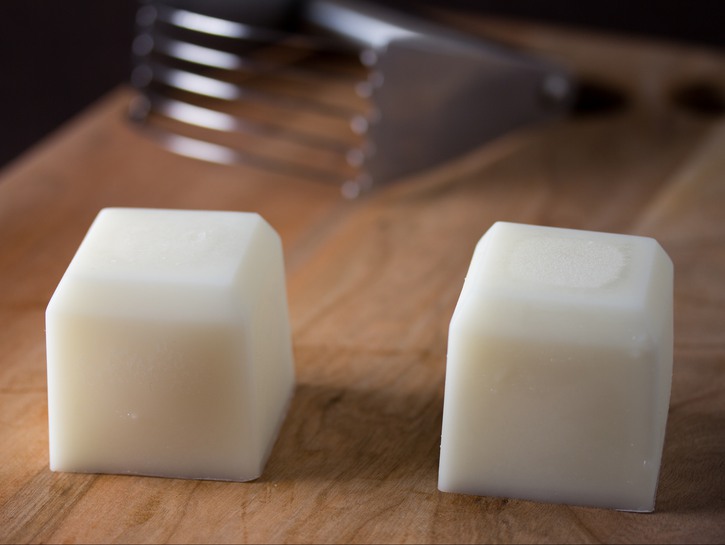It sounds like something your grandma would use exclusively, but shortening can be used in a variety of different ways that you may not know about. I only know about the song “Shortnin’ Bread” and shortbread cookies but never really knew the connotations behind it. Most people think that shortening only refers to Crisco and Crisco knockoffs, but that isn’t 100% true. In this article, we’ll try to give you the long and short of shortening.

What Is Shortening Anyway?
Since everyone thinks that Crisco and Crisco accessories are actual shortening, here’s something that might blow their mind. Shortening is actually any fat that solidifies at room temperature and is used for baking. This includes butter, margarine, lard, and other fats. The term “shortening” used to only be reserved for lard, simply because nothing else was really prevalent. When hydrogenated vegetable oil was becoming more of a thing, the term Crisco came about. Crisco is short for crystallized cottonseed oil but the more modern version is more of a mixture of hydrogenated palm and soybean oils. There is also straight vegetable shortening that doesn’t use any animal fat.
Shortening is used as a semi-solid fat that has a higher melting point than your regular butter or margarine. Since it doesn’t require refrigeration, shortening can often be used as the base for a cake frosting since a base made with butter will melt quicker. Shortening is also used commonly to make dough. Not usually a common dough that you can stretch a lot, but more of a crumbling dough that works well for dessert type baked goods.

Shortening Substitute
Although shortening is very functional in many baking varieties, it is not necessarily a staple in everyone’s pantries. If you’re baking in a pinch and need a quick shortening replacement, you have a good amount of options. First off, there are a variety of shortening options that aren’t necessarily Crisco. Products like Trex, Sweetex, Flora White, and Copha are all wonderful options that will still work. If you have butter, margarine, or lard, that will do the trick as well.
The debate over shortening vs butter has long been fought but there are a couple of key differences. The first is in the actual content of the substances. Actual shortening is 100% fat, while butter is roughly 80-85% fat with the rest consisting of water. This affects the nutritional basis, obviously, but it also affects the consistency, flavor, and texture of whatever you’re baking. Baking with shortening produces no steam, while baking with butter (which includes water) will include steam. This steam will create different effects on the things you’re baking. Cookies made with shortening tend to be a little softer because of the lack of evaporation. On the flip side, shortening has no flavor – so things made with butter tend to have more taste to them.
